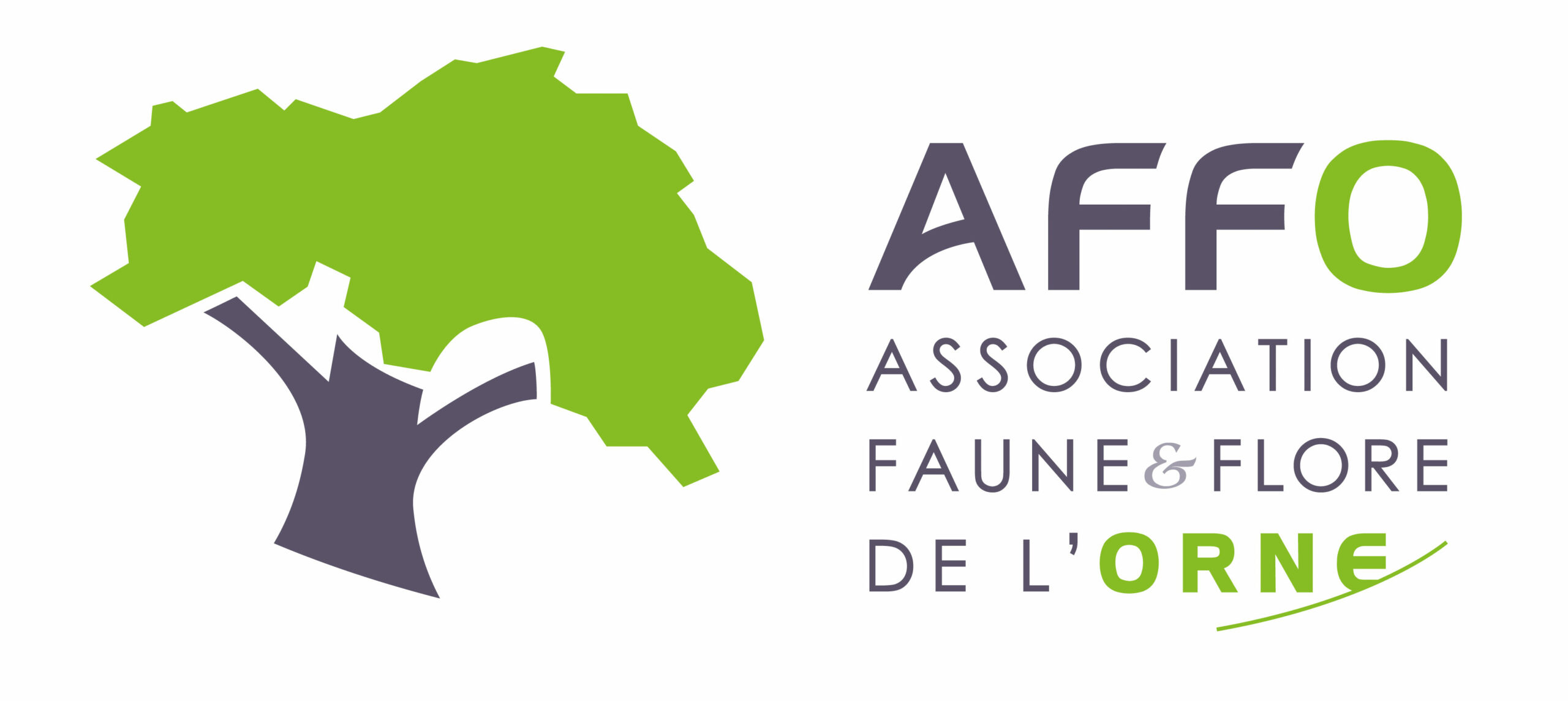Où cette espèce a-t-elle été observée ?
 Attention : cette espèce peut être présente où il n’y a pas de maille, mais à ce jour elle n’y a pas encore été observée.
Attention : cette espèce peut être présente où il n’y a pas de maille, mais à ce jour elle n’y a pas encore été observée.
- 20 observations
-
16
communes -
11
observateurs
8
organismes -
Première observation
1975 -
Dernière observation
2024
Belforêt-en-Perche - Bonsmoulins - Chapelle-Guillaume - Chapelle-Royale - La Bazoche-Gouet - La Chapelle-Souëf - La Framboisière - Le Mage - Les Autels-Villevillon - Les Genettes - Longny les Villages - Marolles-les-Buis - Saint-Martin-du-Vieux-Bellême - Senonches - Soligny-la-Trappe - Tourouvre au Perche
-
Ministère de la Transition écologique et de la Cohésion des territoires
Participation à 11 Observations
Part d'aide à la prospection : 55.00 %
Fiche organisme
-
Muséum national d'Histoire naturelle (MNHN)
Participation à 9 Observations
Part d'aide à la prospection : 45.00 %
Fiche organisme
-
Société française pour l'étude et la protection des mammifères (SFEPM)
Participation à 9 Observations
Part d'aide à la prospection : 45.00 %
Fiche organisme
-
Eure-et-Loir Nature
Participation à 4 Observations
Part d'aide à la prospection : 20.00 %
Fiche organisme
-
Association Faune & Flore de l'Orne (AFFO)
Participation à 2 Observations
Part d'aide à la prospection : 10.00 %
Fiche organisme
-
UMS PatriNat (OFB-CNRS-MNHN)
Participation à 2 Observations
Part d'aide à la prospection : 10.00 %
Fiche organisme
-
Conservatoire d'espaces naturels du Centre-Val de Loire (CEN CVL)
Participation à 1 Observation
Part d'aide à la prospection : 5.00 %
Fiche organisme
Informations espèce
Source : Biodiv'Écrins, Parc national des Écrins
Répartition actuelle en France métropolitaine
© INPN - Avertissement : les données visualisables reflètent l'état d'avancement des connaissances et/ou la disponibilité des données existantes au niveau national : elles ne peuvent en aucun cas être considérées comme exhaustives.
Répartition actuelle dans le monde
Avertissement : les données visualisables reflètent l'état d'avancement des connaissances et/ou la disponibilité des données existantes au niveau mondial : elles ne peuvent en aucun cas être considérées comme exhaustives.











